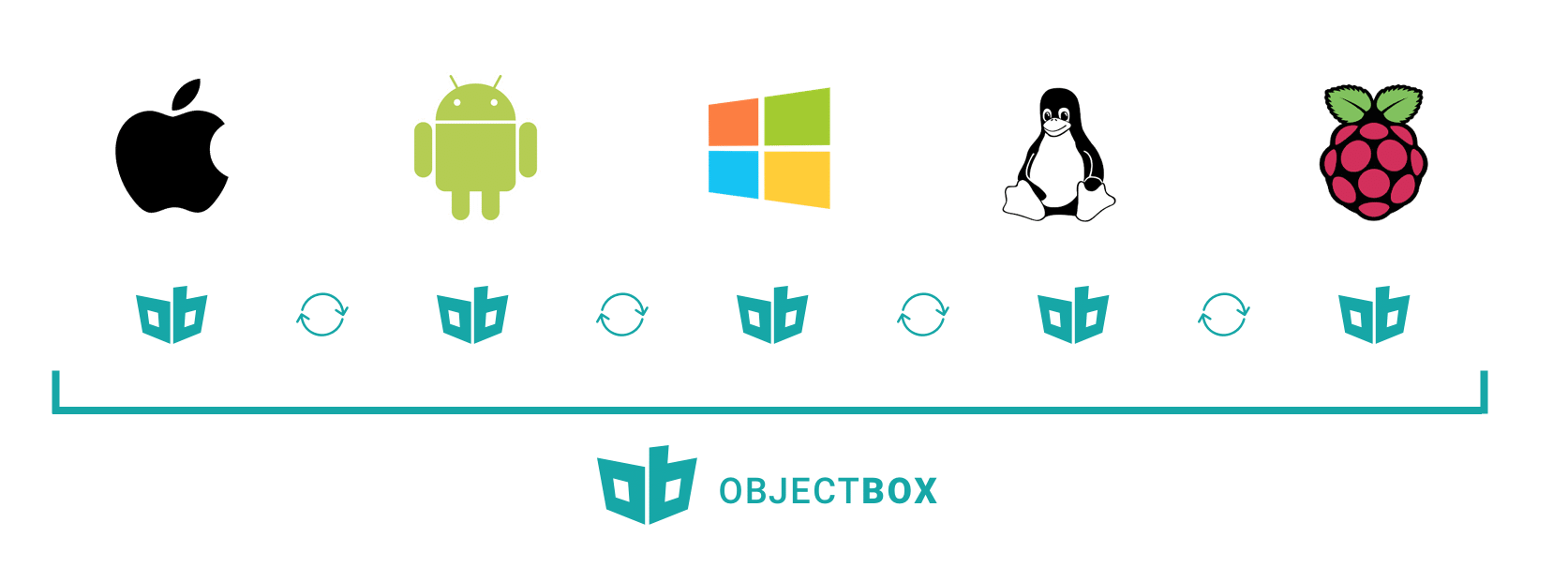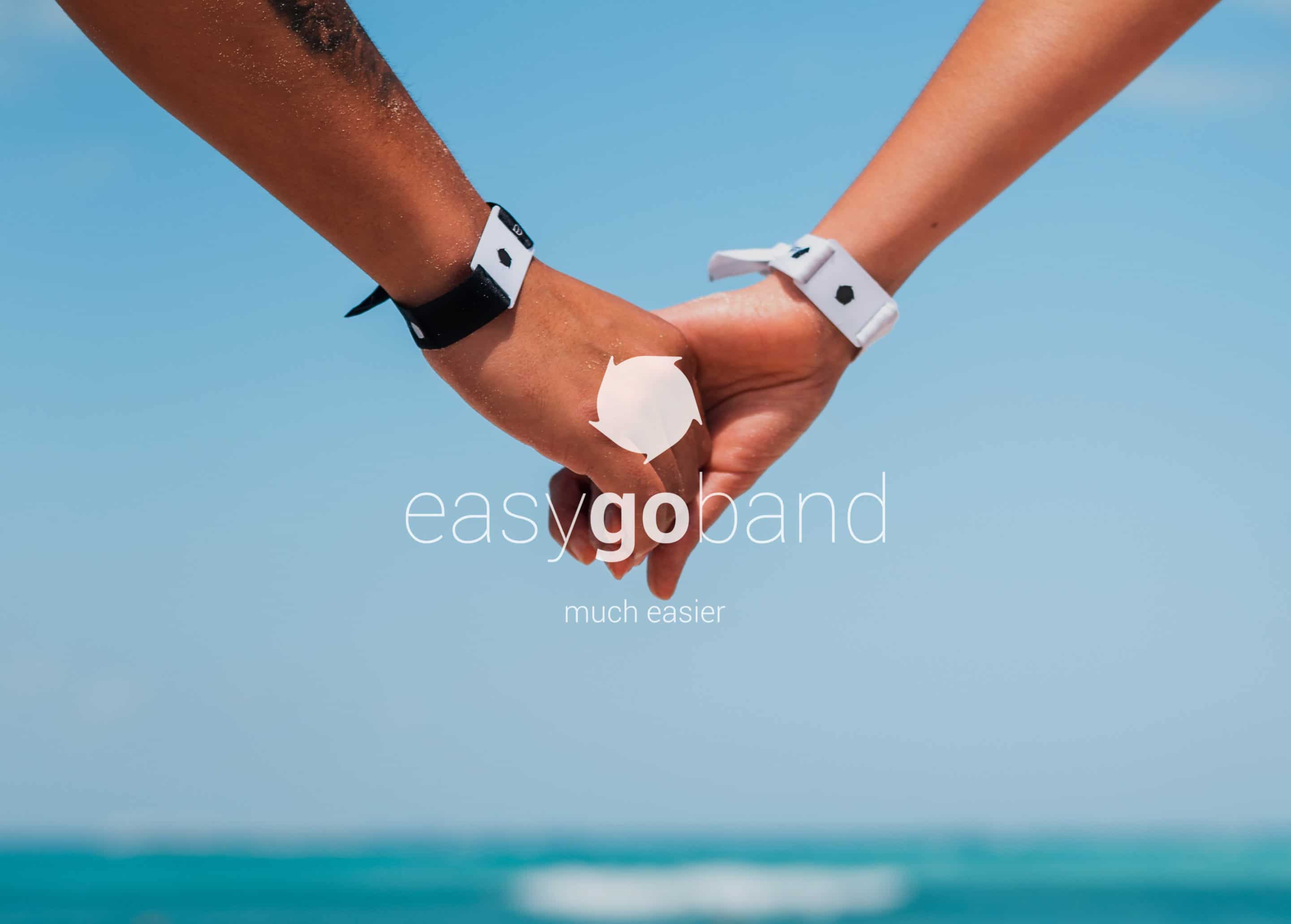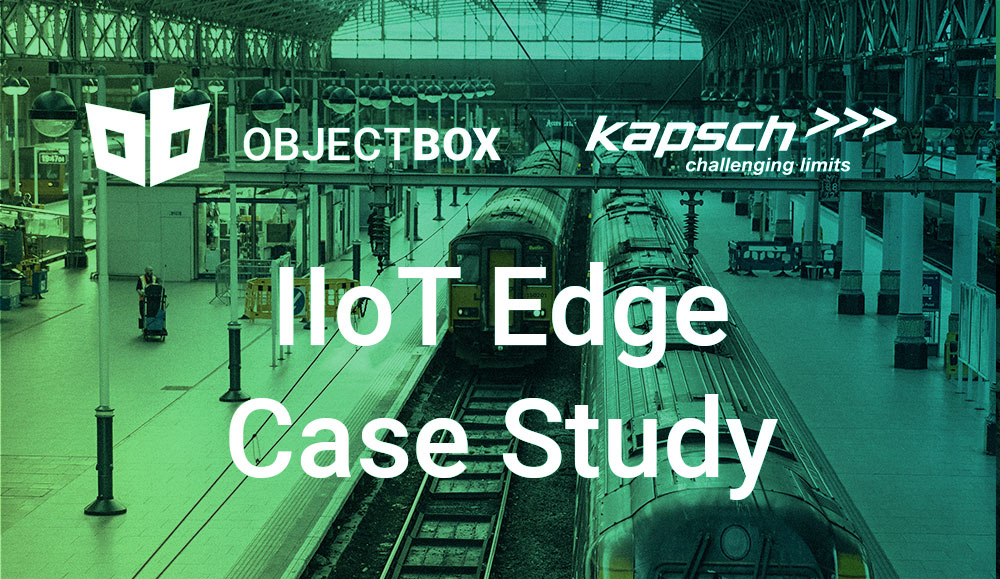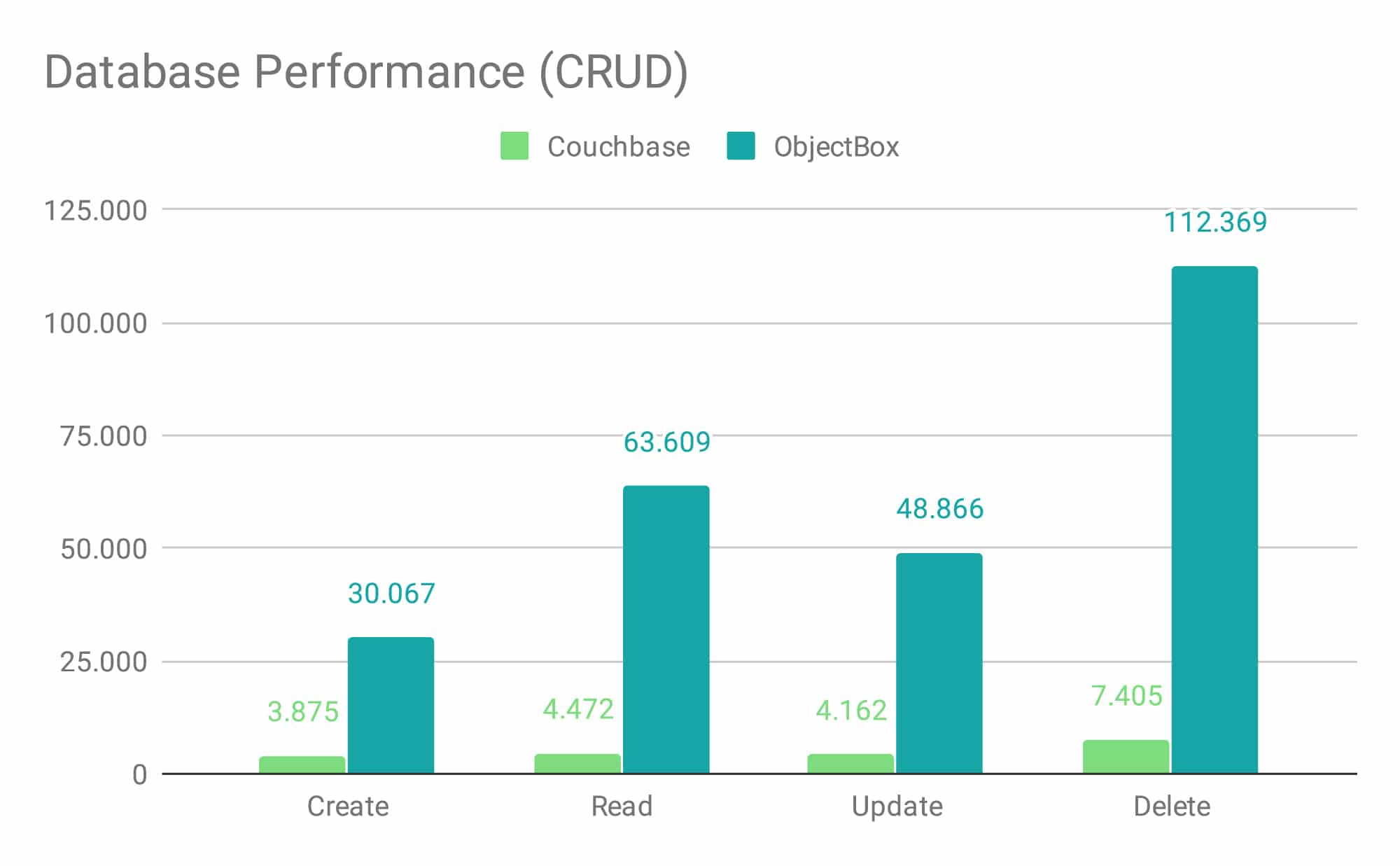
Edge Computing Case Study: Compatibility across Android, iOS, Raspbian & Linux

Christian Bongardt
CTO, easyGOband
In this case study, we talked with easyGOband CTO Christian Bongart about their implementation of ObjectBox in a cashless payment and access control solution, which spans across devices from Android to Raspberry Pi.
Alyssa – Hi Christian, thanks for joining me. Can you quickly introduce yourself and easyGOband?
Christian – Hi Alyssa, thanks. I am the co-founder of easyGOband and the CTO. We founded easyGOband back in 2017 as a product for music festivals. We introduced RFID wristbands as an access control system and as a payment solution for music festivals, since they have issues with connectivity.
Normally festivals only accept cash or they have a plastic token system. easyGOband, is a cashless system where you link your entry ticket over web application with your barcode. You can prepay your Near-Field Communication (NFC) wristband with lets say €20, for example. We activate and validate your ticket through the access control, and we hand you over the activated NFC wristband which would then contain the €20. Each seller then has an android device, which is like a small POS device, where you can enter the products you want to charge and the balance gets removed from the wrist band.

A – So, tell me a bit more about where the data sits.
C – The actual data is all stored in the wrist band and on the POS device. So it works in low connectivity environment because music festivals the massification of all the people together adds connectivity issues. Antennas can’t make it. Wifi is also a problem because of interference with audio devices, microphone and stuff like this – it is very hard to have a good connectivity. Other music festivals have invested online solutions with WiFi and they always have big problems with it because music festivals have 60,000 – 70,000 attendants and then the whole payment system goes down – it’s a catastrophe. That many people – no beer, that’s not good at a music event. And that’s how our company was initially born. We have been working in music festivals all over the world, in small music festivals, in bigger music festivals, in Argentina and Mexico, in Ecuador, and in Spain mostly.
A – Are music festivals still your primary target group?
C – Well, we noticed that this music festival business is not the best business we could pick up because it is very hard. Every year, you have to rearrange the agreement with the music festivals. It is quite hard for them to pay and then we noticed that our product could be well suited as well for hotels and resorts. And then we started to work with some large hotel customers, for example, in Spain we worked with Globalia which is the owner of Air Europa. Or Grupo Piñero, and in Cancun working with hotel chain called Oasis and now we are quite far into the hotel business and it’s working quite well.
A – Okay, that makes sense, hotels are a big market. So, tell me a bit about how you use ObjectBox, what does our solution solve for easyGOband?
C – The thing is, the low connectivity environment for us plays a pretty important role in our product. And that means we have to store a lot of data locally on the devices. For example, when the device makes a transaction, it tries to make the notification through the application server but if it can’t notify it then it just stores the data locally and tries again afterwards. For example, all transactions that are made during the event or hotel will store it locally on every single device so that device – as long as it has any connectivity during the operation even if the connectivity breaks at a single moment – can still see all the data: which transaction has been made, what’s the balance, what room is this wristband related to, what access group has it. We combine the data that we synchronize with the application server with ObjectBox, and the data that we can get real time with the NFC wristbands, we can operate 100% even if we are out of connectivity.
We first started with just SQLite. The thing is, we have to work on different devices. We have to work on Android devices, on Linux devices, we have to work on Windows PC and other devices. Something happened in the Android versions I think with the JDBC driver for SQLite and then we needed two different implementations. One with the native SQLite driver from Android and one with just the JDBC driver. That wasn’t ideal for us, more maintenance. After that we tried H2 but there were some issues with corrupting the DBs and stuff like this. And then I found ObjectBox and we give it a try and it worked quite well. And we are now using ObjectBox on all our devices – Windows PC, Linux PC, we are even using Raspberry Pi.
We have to work on different devices. We have to work on Android devices, on Linux devices, we have to work on Windows PC and other devices.

A – Very cool. What’s the use case for the Raspberry Pi?
C – We have a system where we integrate with gatekeeper devices, like automatic doors, and we have one single Raspberry Pi for each gatekeeper. You scan the wrist band, the Raspberry Pi makes the connection with the gatekeeper and opens the door, for example. Or in general we use it for access control system for example, camping or resorts where you have access to the gym, it’s an electro magnetic door and we connect the Raspberry Pi to it and with a relay to open the door for it. And the Raspberry Pi is perfect for this. The newer Raspberry Pis run java based applications very well. Even with a user interface, we found it works well. ObjectBox is just perfect for us, since we can use it on all the different devices, one single implementation for all the repositories. For us, it’s perfect.
A – I believe it. So, in terms of implementation, was it fairly easy to do so across the different devices, were there any challenges?
C – It was quite easy. There was some smaller workarounds. For example we had to stick to number IDs, but the IDs on our system are UIDs. Because data is generated on the devices, we have to use UIDs, we cannot just use a non-sequential ID for this. Just some smaller workarounds – I think you are already working on different solutions that would fix our minor issues. Performance is very good. Implementation was done by one week or so, so yeah, it was quite good.
A – What are some big picture goals for your company, in terms of your road map, product road map?
C – Our next goal is a whole new product for hotels. Because, when we started doing business with hotels and we began seeing what our customers need. Now we have learned enough so we can do a single product for our hotel customers. We are going to do a web page and connect to peripherals over websockets. This means, for example, you as an operator in a hotel, as a receptionist, you login to your web panel, and there’s a button that says, let’s say – “Activate RFID Wristband” and we can connect to the device and execute the order that was initiated by the receptionist. The peripherals in Android devices, and in general would all be using ObjectBox to sync and store on the later.

ObjectBox is just perfect for us, since we can use it on all the different devices, one single implementation for all the repositories.
A – Great that you are able to solve a specific customer pain point. What are you using as a synchronization solution, is that built in house?
C – Yes, yes. On the app server, we use MySQL, I think Aurora Serverless from Amazon and we use JOOQ, a query builder on top of it to build our queries and stuff like this, and then we have an SDK on the client size which uses ObjectBox to store the data on the device.
A – Okay, that’s interesting. Maybe, if you’re familiar or not, we have a synchronization solution for ObjectBox as well.
C – Yes, I’ve been looking into it. Looks good, we will definitely try it out when it’s released. We generate data on different devices and all devices need to sync data that is generated by all the other different devices.
A – So, did you look at ObjectBox because of performance at all?
C – Not really, we were mostly having issues in terms of compatibility. That was the main reason we switched from SQLite or H2 to ObjectBox. It wasn’t only performance related. For example, with SQLite, the performance we were getting was okay. Because the data was stored on every single device, it’s not that much data volume that you have. For example, even at the largest music festival, maybe the biggest we make 1000 or 2000 transactions in minutes or at most. We don’t generate that much data. It was much more relevant with the different compatibility, on the different devices, and that code-base was usable on the most devices possible. That was very important for us. Obviously performance is also important – but it’s not the most important thing for us.
A – Sure, so performance wasn’t necessarily a driver there. Anything else you would like to share about using ObjectBox?
C – You solved a lot of issues that we were facing. And the thing is, we are very happy that every time we have an issue, for example, we found an issue that we couldn’t use it on 32-bit windows devices, that was also almost a year ago, it was fixed within just a few weeks and that is very nice. We have never found such a good and quick response from 3rd party and free solution. Later on we had the issue with the Raspberry Pi where we couldn’t use it because of some issue with your continuous integration – also it was solved by you. That was amazing, I don’t know how to thank you.
A – That’s great to hear. Our community is extremely important to us, it’s a large part of why we’re building ObjectBox. Thank you for sharing your case study, it will be nice to be able to give other users an idea of how ObjectBox can be implememented in so many different applications.









